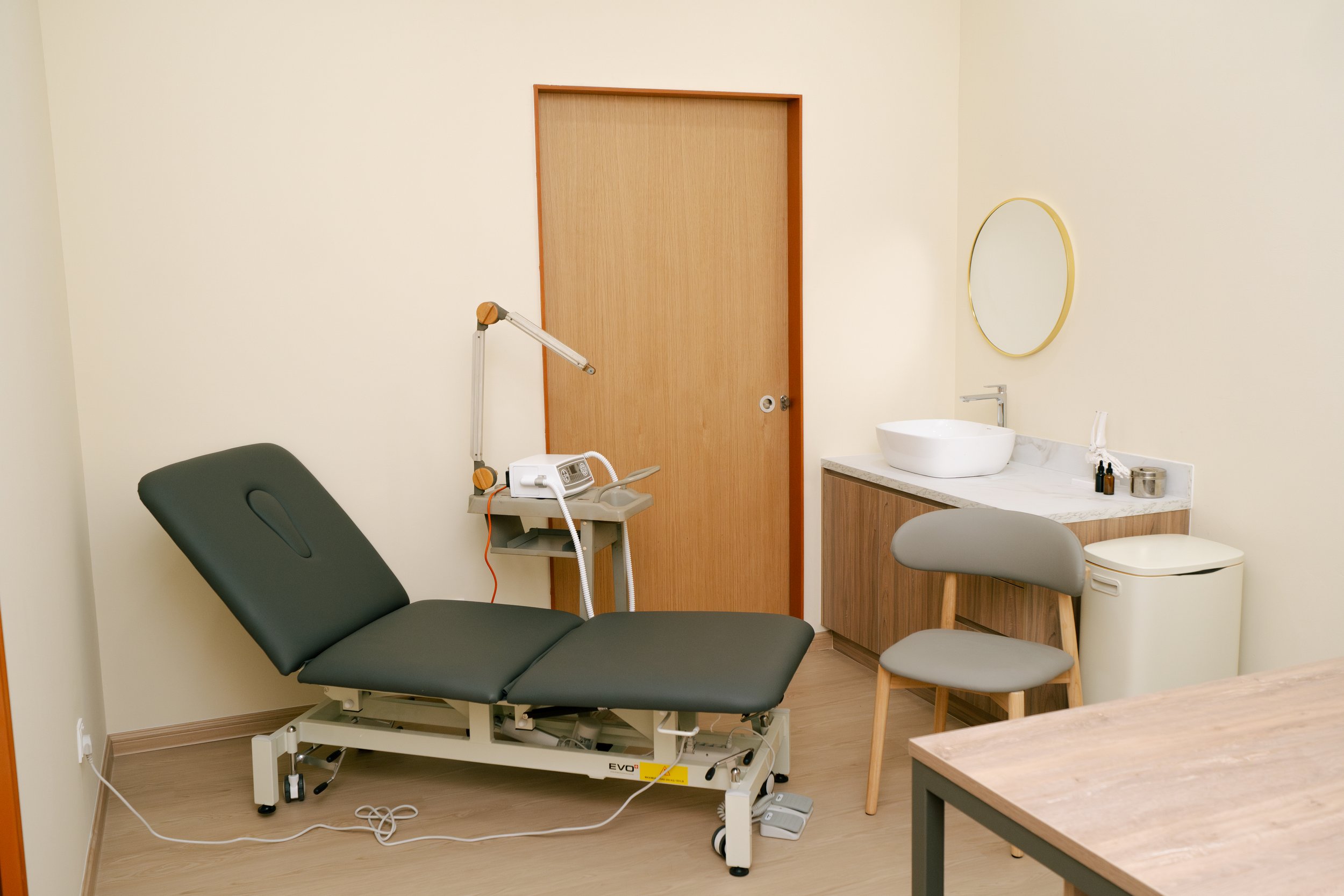
Posterior Tibial Tendinopathy
What Is Posterior Tibial Tendinopathy?
Posterior tibial tendinopathy (PTT) refers to inflammation, degeneration or tearing of the posterior tibial tendon — a crucial tendon that runs down the inside of your lower leg, behind the ankle bone, and attaches to the arch of your foot. This tendon plays a vital role in supporting your foot’s arch and allowing smooth and stable foot motion when walking or running.
If this tendon becomes overused, weakened, or injured, it can lead to pain, swelling, and even progressive arch collapse — a condition sometimes known as adult-acquired flatfoot deformity.
Causes Of Posterior Tibial Tendinopathy
Posterior tibial tendinopathy is typically caused by overuse, improper foot mechanics, or structural weaknesses in the foot. Common contributing factors include:
Flat feet or overpronation (when your arch rolls inward excessively)
Sudden increase in walking, running or standing activities
Weakness in supporting foot and leg muscles
Poor footwear or lack of arch support
Obesity or increased body weight
Previous ankle injuries or instability
Tight calf muscles or Achilles tendon
Inflammatory conditions such as rheumatoid arthritis
Symptoms Of Posterior Tibial Tendinopathy
The condition often starts gradually, with mild pain that worsens over time. Common symptoms include:
Pain and swelling along the inside of the ankle and foot
Tenderness along the posterior tibial tendon pathway
Pain during activity (especially walking, running or standing for long periods)
Pain that worsens when walking uphill or climbing stairs
Flattening of the arch (in more advanced cases)
Ankle instability or weakness
Difficulty standing on tiptoes on the affected side
If left untreated, this condition can progress to permanent flatfoot deformity and loss of function.
Diagnosing Posterior Tibial Tendinopathy
At KL Foot Specialist Podiatry, diagnosis starts with a detailed history and clinical examination. We assess your foot posture, muscle strength, arch structure, ankle range of motion, and walking pattern (gait analysis).
We may refer for ultrasound or MRI imaging to confirm the diagnosis, check for partial or complete tears, and evaluate the condition of surrounding structures. Early detection is key in preventing long-term foot damage and improving outcomes.
Treatment for Posterior Tibial Tendinopathy
Your treatment plan will be tailored to the severity and stage of your tendinopathy. Most cases can be treated non-surgically with the right combination of therapy, support, and activity modification.
Initial Management
RICE Protocol: Rest, Ice, Compression and Elevation to reduce pain and swelling
Activity modification: Reducing or avoiding aggravating movements like running, jumping or prolonged standing
Supportive footwear: Cushioned shoes with arch support and rearfoot control
Temporary ankle bracing or strapping to offload the tendon
Core Podiatry Treatments
Custom foot orthotics: Our podiatrists may prescribe orthotics designed to offload pressure from the damaged tendon, improve arch alignment, and provide optimal support during movement
DolorClast® High Power Laser Therapy: A safe, painless treatment that promotes tendon healing, reduces inflammation, and accelerates recovery
DolorClast® Shockwave Therapy: Stimulates blood flow and tissue repair in chronic or slow-healing tendinopathies
Stretching and strengthening program: Targeted exercises to improve tendon strength, flexibility, and foot stability
In moderate to severe cases, you may need a moon boot (CAM walker) for short-term immobilisation to allow the tendon to heal.
What Happens If Posterior Tibial Tendinopathy Is Left Untreated?
Delaying treatment can lead to:
Progressive collapse of the foot arch
Development of adult-acquired flatfoot
Worsening ankle instability
Chronic pain and loss of function
Altered gait leading to secondary issues in the knees, hips or lower back
Permanent tendon damage, possibly requiring surgery
Prevention Tips
Once your condition is managed, our podiatrists will help guide you through long-term prevention strategies, including:
Wearing supportive footwear with strong arch control
Continuing with your strengthening and mobility exercises
Avoiding barefoot walking, especially on hard surfaces
Replacing worn-out shoes regularly
Using orthotics as recommended for arch support and stability
Gradually increasing activity levels to avoid tendon overload
Why Choose KL Foot Specialist Podiatry?
Our team is highly experienced in managing tendon-related injuries using advanced podiatric therapies and a patient-centred approach. From early-stage tendinopathy to chronic and complex cases, we offer complete foot and ankle care under one roof in Kuala Lumpur.
Book an Appointment Today
If you’re experiencing pain on the inside of your ankle or think you may have posterior tibial tendinopathy, don’t delay. Early diagnosis and expert care are essential. Let our experienced podiatrists help you get back to living, walking and moving without pain.
